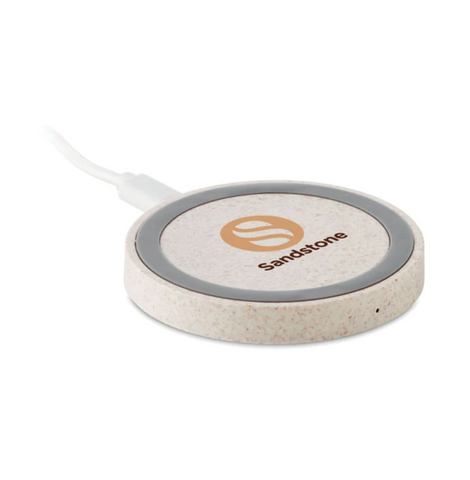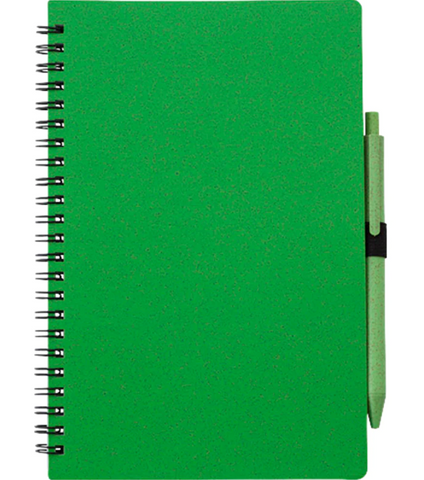Wheat straw, the residual stem after grain harvesting, often treated as waste, holds untapped potential - the renewable resource can be turned into usable material by washing, pulping, and shaping with heat.
Wheat straw's relation to plastic and its environmental impact is noteworthy. Unlike conventional plastics, wheat straw is lightweight and durable, suitable for bioplastics. Importantly, it's not derived from fossil fuels. Instead, it utilises a byproduct, repurposing waste that's usually burnt, releasing carbon dioxide. This upcycling offers a strong zero-waste solution.
Seven key facts about wheat straw illustrate its value:
- Gluten-Free: Despite common beliefs, wheat straw is entirely gluten-free, allowing allergy sufferers to use it.
- Income for Farmers: Farmers gain an extra income source while lowering carbon emissions using wheat straw.
- Biodegradability: Wheat straw can biodegrade in around 6-9 months in industrial composting sites.
- Renewable and Chemical-Free: It's renewable and doesn't need chemical fertilisers or treatments.
- Natural Anti-Bacterial and Anti-Odour: Wheat straw products possess natural anti-bacterial and anti-odour properties.
- Durability: Wheat straw bio-plastics are highly durable, suitable for items like reusable bottles.
The journey from field to reusable products involves cleaning, vacuuming, and breaking down straw fibres to obtain 'lignin,' a strength-contributing compound. Lignin is mixed with substances like sugar to create a moldable plastic-like compound. After molding and adding eco-friendly dyes, a unique, reusable product is born.
The environmental impact of this process is positive. Since wheat straw is a byproduct, using it doesn't necessitate extra farming and helps avoid CO2 emissions from incineration. Moreover, wheat plants absorb more CO2 than they emit, making the product carbon-neutral. This aligns with the nature of many plant-based bioplastics. As bioplastics like wheat straw find innovative uses, they can replace single-use petroleum-based plastics, reducing CO2 emissions and plastic pollution.
Some fascinating insights about wheat underscore its significance:
- Global Coverage: Wheat blankets around 2.25 million square kilometres globally.
- Ancient Origins: Just ten thousand years ago, wheat was a wild grass limited to the Middle East.
- Evolutionary Triumph: Wheat's success in terms of survival and reproduction is remarkable in Earth's history.
- Widespread Cultivation: Wheat grows on every continent except Antarctica.
- Early Planting: In 1777, wheat was first cultivated as a hobby crop.
Our Favourite Wheat Straw Products:
1. Wireless Charger Made With Wheat Straw from £3.39 each

Compatible with latest Androids, iPhone 8, 8S and X and newer - this is the perfect branded product to keep everyone connected.
2. Biosense Wheatstraw Ballpen from £0.32 each

Eco-friendly push-button ballpen with a recycled paper barrel and wheat straw trim. A great alternative to traditional plastic pens and ideal for expressing your consideration for the environment. A German Dokumental® ink refill ensures up to 1000 metres of writing length and smooth, even ink distribution.
3. Wheat Straw Notebook With Pen (Approx. A5) from £1.63 each

Notebook with wheat straw and PP cover and wheat straw pen, blue ink, in pen loop. Notebook has 70 lined sheets. Can be printed in a range of bright colours with matching pen colour.
In essence, wheat straw's transformation from agricultural waste into versatile products showcases its potential as an eco-friendly alternative. As seen above, this fantastic material can be used to create a range of promotional products. Its impact spans from reducing waste and carbon emissions to curbing plastic pollution. If these three products aren't to your liking, shop here for our full collection of Wheat Straw Products.




























